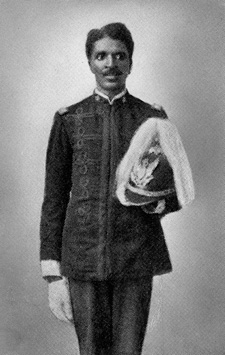Colon and Semi-Colon
The most common punctuation marks in English are probably
the period and the comma. However, good writing in English will usually make
use of the colon and the semi-colon. Although these look similar and have
similar names, their functions are completely different. This page will explain
the functions of the colon and the semi-colon.
1. The colon
A colon consists of two dots, one above the other:
The colon is often used to introduce a list of items. For
example:
You will need to bring three things to the party: some food,
something to drink, and a small gift for the hostess.
This sentence contains a list of three items. The first part
of the sentence tells you that there will be three things; then the colon tells
you "here are the three things". You can also use a colon to
introduce an explanation or a definition of something. For
instance:
I'll tell you what I'm going to do: I'm going to quit!
"Elephant (noun): a large grey mammal found in Africa
and India."
2. The semi-colon
A semi-colon consists of a comma with a dot above it:
The semi-colon is often used to join together two
independent clauses — in other words, it joins two clauses that could be
sentences. For example:
Mary drives a Mercedes; Joanne drives a Chevrolet.
One more very common use of the semi-colon is to join two
clauses using a transition such as however, therefore, or on
the other hand. Here are some examples:
|
Transition
|
Example
|
|
in addition
|
She works all day in a store; in addition, she takes
classes in the evenings.
|
|
however
|
John is Canadian; however, he lives in the United States.
|
|
otherwise
|
You should get your brakes fixed; otherwise, you might
have an accident.
|
|
therefore
|
Hundreds of people cross the border from the US to Canada
every day; therefore, it is not possible to search all of them carefully.
|




